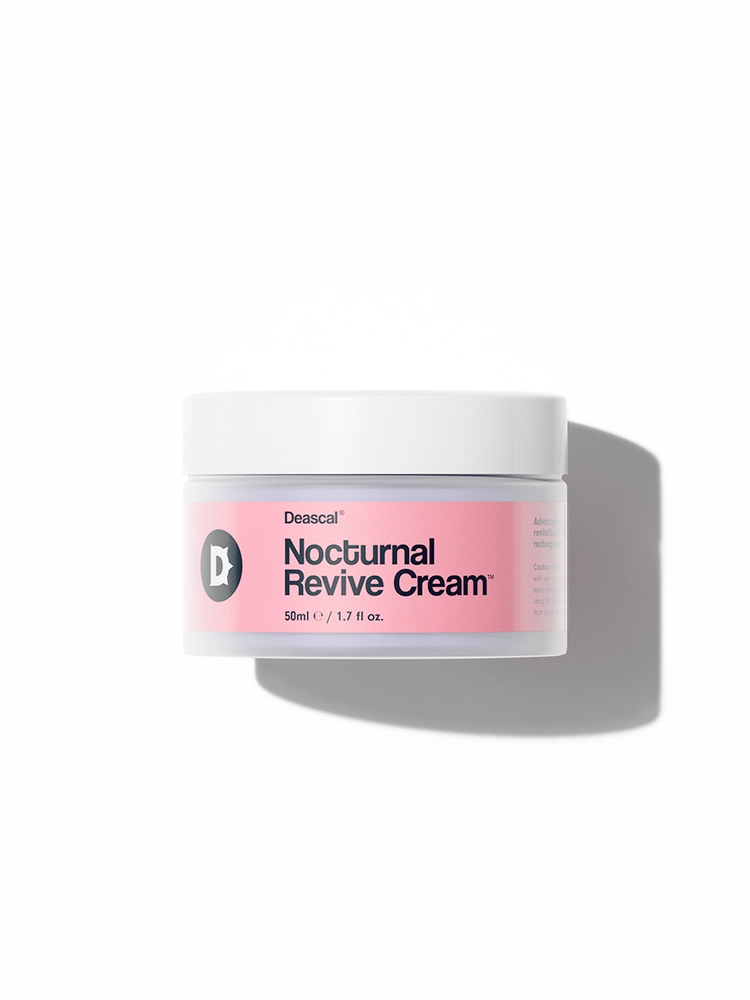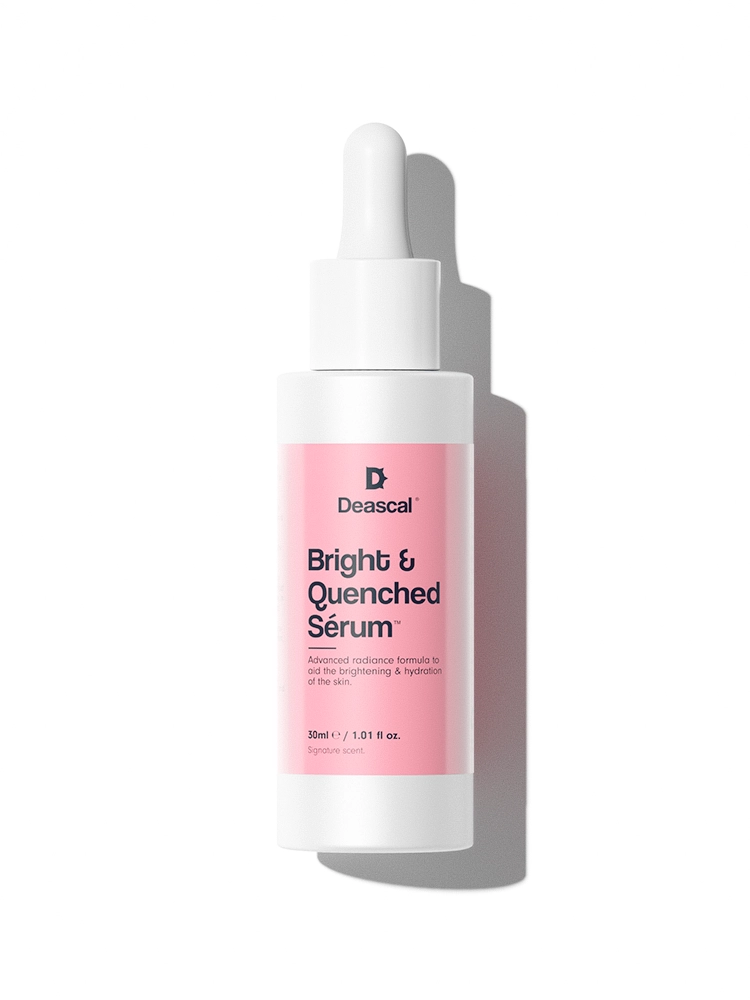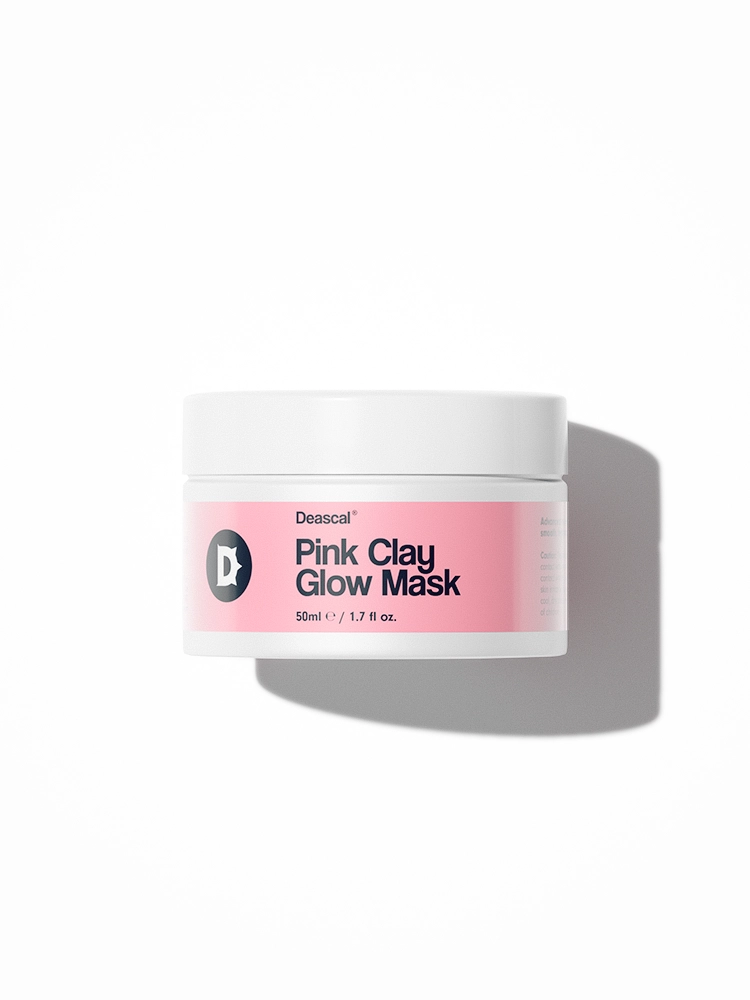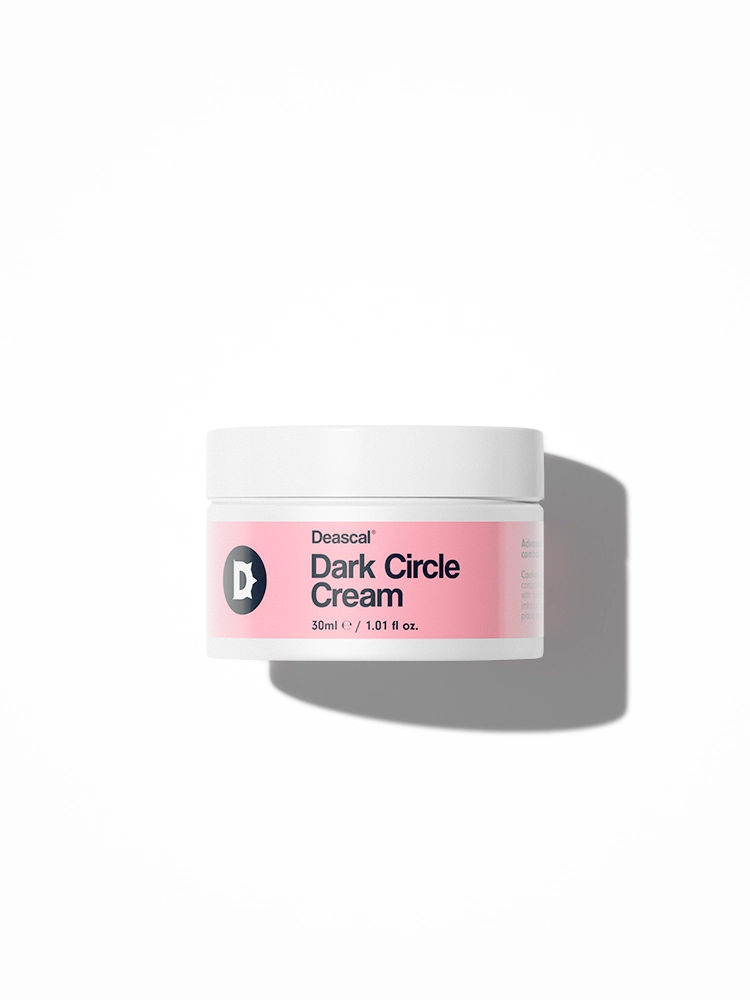Let’s Define “Glowing” / “Bright” Skin
Before we get started, what exactly do we mean by “glowing” or “bright” skin? Picture the luminous, dewy complexion of your favorite celebrity or the fresh-faced glow after a perfect spa day. Glowing skin is all about a healthy, dewy appearance that reflects light effortlessly. It’s a sign of good hydration, proper blood circulation, and an overall healthy lifestyle. This type of skin appears smooth, plump, and radiant, often giving off a subtle sheen without looking oily.
Bright skin, on the other hand, is the hallmark of an even-toned, clear complexion free from dullness, discoloration, or dark spots. It’s the kind of skin that looks vibrant and youthful, even without makeup. Bright skin is often achieved through consistent skincare practices and a healthy diet, ensuring that the skin cells are healthy and well-nourished.
In short, glowing skin is the epitome of vitality and health. It’s not just about the absence of blemishes but about exuding a natural, youthful radiance. When your skin glows, it means it’s well taken care of from the inside out. Whether it’s through a meticulous skincare routine, a balanced diet, or adequate hydration, glowing skin reflects your overall well-being and lifestyle choices.
Common Causes of Dull Skin Tone
If your skin has lost its sparkle, several culprits might be to blame. Let’s dive into some common reasons why your complexion might be looking a bit lackluster, and how you can fix them.
1. Lack of Sleep
Those late-night Netflix binges can wreak havoc on your skin. When you don’t get enough sleep, your body doesn’t have the chance to repair and rejuvenate itself. This can lead to a tired, dull complexion.
How to Fix:
- Establish a regular sleep schedule by going to bed and waking up at the same time every day.
- Create a relaxing bedtime routine, such as reading or taking a warm bath, to help you unwind.
- Avoid screens at least an hour before bedtime to improve sleep quality.
2. Dehydration
Not drinking enough water? Your skin will show it. Dehydration can cause your skin to look dry, flaky, and dull. Water helps to flush out toxins and keep your skin hydrated from the inside out.
How to Fix:
- Carry a water bottle with you throughout the day to remind yourself to drink.
- Eat water-rich foods like cucumbers, watermelon, and oranges.
- Limit caffeine and alcohol, which can dehydrate the skin.
3. Poor Nutrition
A diet high in sugar and processed foods can lead to a lackluster complexion. Your skin needs a variety of vitamins and minerals to stay healthy and vibrant. Incorporate plenty of fruits, vegetables, lean proteins, and healthy fats into your diet to ensure your skin gets the nutrients it needs.
How to Fix:
- Include antioxidant-rich foods like berries, nuts, and leafy greens in your meals.
- Opt for whole grains instead of refined carbohydrates.
- Consider taking a daily multivitamin to fill in any nutritional gaps.
4. Stress
High stress levels can cause skin issues and dullness. When you’re stressed, your body produces more cortisol, which can lead to increased oil production and breakouts. Additionally, stress can interfere with your sleep and hydration levels, further contributing to dull skin.
How to Fix:
- Practice mindfulness or meditation for a few minutes each day.
- Engage in physical activities like yoga, walking, or any exercise you enjoy.
- Make time for hobbies and activities that help you relax and unwind.
5. Environmental Factors
Pollution and harsh weather can take a toll on your skin. Pollution particles can clog pores and cause inflammation, leading to a dull complexion. Similarly, extreme weather conditions, whether hot or cold, can strip your skin of its natural moisture, making it look tired and dull.
How to Fix:
- Use a gentle cleanser to remove dirt and pollutants from your skin daily.
- Apply a broad-spectrum sunscreen with at least SPF 30 every morning.
- Consider using skincare products with antioxidants like vitamin C and E to combat environmental damage.
6. Inadequate Skincare
Using the wrong products or not having a skincare routine can also contribute to dull skin. It’s important to choose products that are suitable for your skin type and address your specific concerns.
How to Fix:
- Develop a consistent skincare routine tailored to your skin type (oily, dry, combination, sensitive).
- Incorporate exfoliation 2-3 times a week to remove dead skin cells.
- Use targeted treatments like serums with active ingredients to address specific issues.
- Never skip moisturizer and sunscreen, even if you have oily skin.
7. Genetics
Sometimes, dull skin can simply be a matter of genetics. If your parents had dull or uneven skin tones, you might be more prone to these issues as well.
Effective Skincare Routine for a Glowing Complexion
A solid skincare routine is your first step towards glowing skin. Here’s a foolproof 4-step routine to follow for a radiant complexion:
Step 1: Cleanse
Start with a gentle cleanser to remove impurities, makeup, and excess oil. Cleansing your skin is essential to ensure that your pores are clear and your skin is ready to absorb the benefits of the next steps in your routine. Use a gentle, sulfate-free cleanser suitable for your skin type, whether it’s gel for oily skin or cream for dry skin. Cleanse your face twice a day—once in the morning and once at night—using lukewarm water. Gently massage the cleanser into your skin in circular motions, rinse thoroughly, and pat your face dry with a clean towel.
Step 2: Treatments
This step is where you target specific skin concerns such as dullness, uneven skin tone, or fine lines. Incorporate products like serums and toners that are designed to brighten and rejuvenate your skin. Apply a hydrating toner to balance your skin’s pH levels and prep it for better absorption of serums. Follow with a brightening serum containing active ingredients like vitamin C, niacinamide, or hyaluronic acid, applying it evenly across your face and neck. This is also the step to apply any other treatment products tailored to your skin’s specific needs, such as anti-aging or hydrating serums.
Step 3: Moisturize
Lock in hydration with a suitable moisturizer for your skin type. Moisturizing helps to keep your skin plump, smooth, and radiant by maintaining its moisture barrier. Choose a moisturizer that suits your skin type, such as lightweight gels for oily skin or rich creams for dry skin. Apply moisturizer twice daily, after cleansing and treating your skin. Gently massage the moisturizer into your skin using upward strokes to promote better absorption and circulation.
Step 4: Sun-Protect
Sunscreen is an essential step to protect your skin from harmful UV rays, which can cause premature aging and dullness. Even on cloudy days, UV rays can penetrate and damage your skin. Use a broad-spectrum sunscreen with at least SPF 30. Apply sunscreen as the final step in your morning skincare routine, after moisturizer. Reapply every two hours if you’re spending time outdoors and more frequently if you’re swimming or sweating.
Professional Treatments That Can Help
If you’re looking for a more intensive approach to achieving glowing skin, consider professional treatments. These advanced procedures can provide dramatic results and address specific skin concerns more effectively than at-home treatments. Here are some of the most popular professional treatments to consider:
Chemical Peels
Chemical peels involve applying a solution to the skin that causes the outer layer to peel off, revealing fresher, brighter skin underneath. This treatment can improve the appearance of fine lines, sun damage, acne scars, and uneven skin tone. There are various strengths of chemical peels, ranging from mild to deep peels. Mild peels use alpha-hydroxy acids (AHAs) like glycolic acid, while deeper peels use stronger chemicals like trichloroacetic acid (TCA). This treatment can significantly enhance skin brightness by removing the dull, outer layer and stimulating new cell growth.
Microdermabrasion
Microdermabrasion is a non-invasive procedure that uses tiny crystals or a diamond-tipped wand to gently exfoliate the top layer of skin. This treatment helps to remove dead skin cells and stimulate collagen production, leading to a brighter, more radiant complexion. Microdermabrasion is effective in reducing the appearance of fine lines, age spots, and dullness, providing immediate visible results with minimal downtime.
Laser Therapy
Laser therapy uses focused light beams to target specific skin issues, such as pigmentation and uneven skin tone. There are different types of laser treatments, including ablative lasers that remove the outer layer of skin and non-ablative lasers that work deeper in the skin without damaging the surface. Laser therapy can be highly effective for treating sun spots and promoting overall skin rejuvenation, resulting in a brighter and more even skin tone.
In Summary
Achieving glowing, radiant skin can feel like an elusive goal, but with the right knowledge and dedication, it’s well within your reach. From a good skincare routine to purpose-made brightening products to professional procedures, there’s a lot you can do to give your complexion a glow-up.
Remember, the journey to a bright complexion involves more than just that; it’s about embracing a healthy lifestyle, managing stress, and sometimes seeking professional help when needed.
However, it’s important to remember that glowing skin doesn’t define who you are as a person. Your true beauty shines from within, and confidence comes from loving the skin you’re in!




